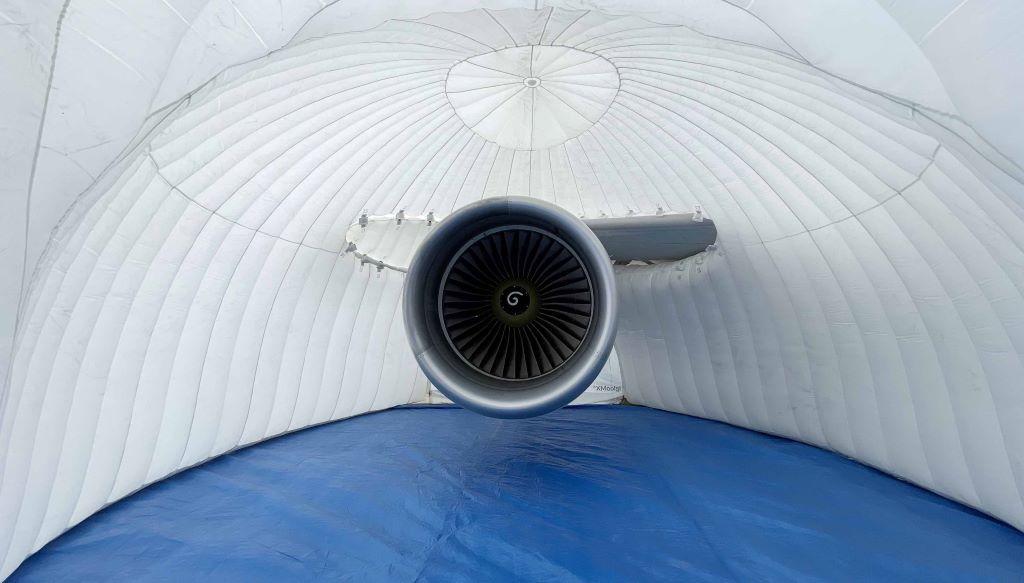
Credit: JB Roche
The post-pandemic bounce experienced by many companies active in business aviation has been great news across the sector, but businesses in adjacent markets may be seeing benefits, too. One firm targeting business aviation as it seeks to grow is JB Roche, the Cork, Ireland-based provider of...
Subscription Required
This content requires a subscription to one of the Aviation Week Intelligence Network (AWIN) bundles.
Schedule a demo today to find out how you can access this content and similar content related to your area of the global aviation industry.
Already an AWIN subscriber? Login
Did you know? Aviation Week has won top honors multiple times in the Jesse H. Neal National Business Journalism Awards, the business-to-business media equivalent of the Pulitzer Prizes.





